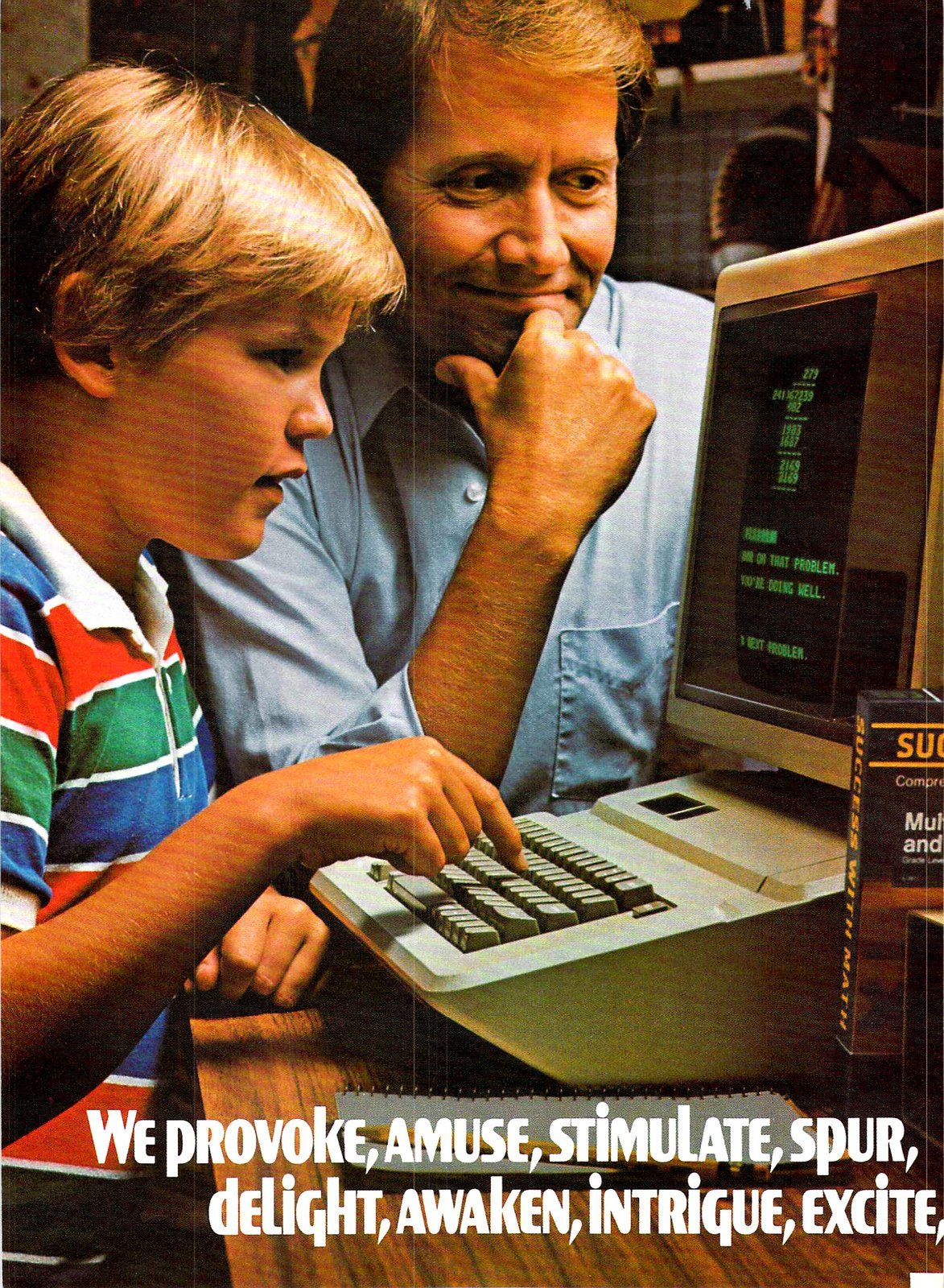
TRANSDATA COMPUTERS 1980S UPGRADE
In February 1982, Tandy released the TRS-80 Model 16, as the follow-on to the Model II an upgrade kit was available for Model II systems. This was essentially a Model 16B (described below) without the Motorola processor, and could be upgraded to a Model 16B. The Model II was replaced in 1982 by the TRS-80 Model 12. This was somewhat mitigated by the availability of the CP/M from third parties.

The Model II was not compatible with the Model I and never had the same breadth of available software. It was not an upgrade of the Model I, but an entirely different system with state-of-the-art hardware and numerous features not found in the primitive Model I. In October 1979 Tandy began shipping the TRS-80 Model II, which was targeted to the small-business market. Prices started from $999 for the diskless version.Įarly versions of the Model 4 mainboard were designed to accept a Zilog Z800 16-bit CPU upgrade board to replace the Z80 8-bit CPU but this option was never released, as Zilog failed to bring the new CPU to market. Furthermore, the Model 4 could be booted with any Model III operating system and emulated the Model III with 100 percent compatibility.
TRANSDATA COMPUTERS 1980S SOFTWARE
This afforded the user access to popular application software such as MicroPro's WordStar, Ashton-Tate's dBase II, and Sorcim's SuperCalc. The Model 4 could run the industry-standard CP/M operating system without hardware modification (as was needed for the Model III). A more modern version of Microsoft's BASIC interpreter more closely resembled the MS-DOS GW-BASIC, featuring PC-like functionality. It used an all-new operating system derived from the advanced Model III LDOS 5, licensed from Logical Systems, now christened TRSDOS Version 6. Its keyboard had three function keys and a control key. The Model 4's new hardware features included a larger display screen with 80 columns by 24 rows, inverse video, and an internal audio speaker. Disk-based Model 4's had 64 KB of RAM standard an optional bank of additional 64 KB was accessible to applications software using bank switching technology. Its microprocessor was a faster Z80A 4 MHz CPU.

The successor to the Model III was the Model 4.


 0 kommentar(er)
0 kommentar(er)
